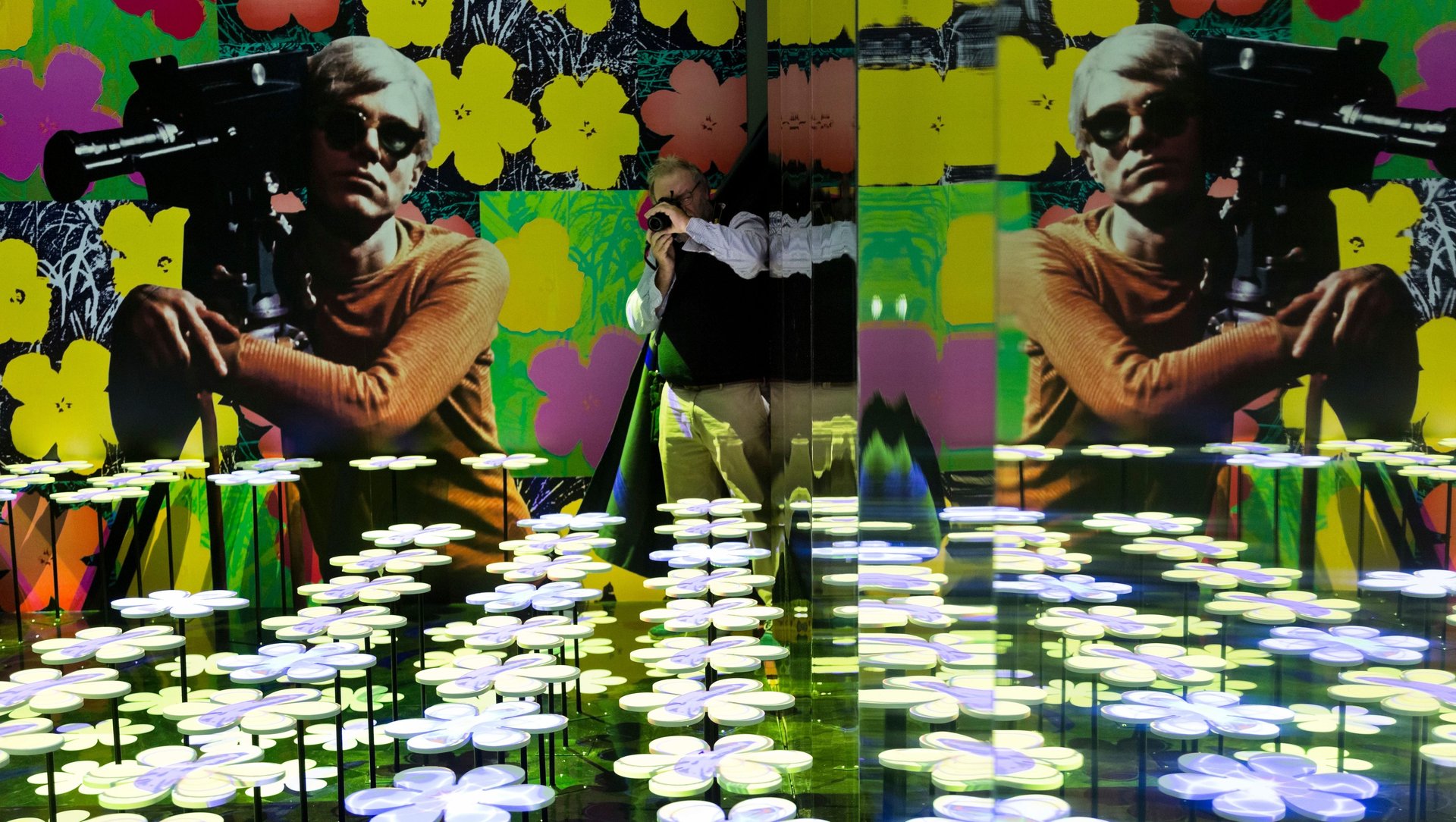For artists, fame has always been more about social networks than creativity
Andy Warhol’s thoughts on fame are, well, famous. The line, “In the future, everyone will be world-famous for 15 minutes,” which is often attributed to the pop artist, is really more of a paraphrase of a provocation, though Warhol fully embraced it as his own creation.


Andy Warhol’s thoughts on fame are, well, famous. The line, “In the future, everyone will be world-famous for 15 minutes,” which is often attributed to the pop artist, is really more of a paraphrase of a provocation, though Warhol fully embraced it as his own creation.
Whether or not he said it, or something close to it, new research shows that Warhol’s own fame, and that of all artists, may be more closely linked to social circles than inherent creativity. It’s a conclusion that contradicts the idea that successful artists spend their time alone in the studio, or garret, grappling only with their muse. Instead, critical and commercial success in the art world can be traced to a rather more mundane source: networking.
A research paper (pdf) recently published by Columbia Business School, entitled “The Art of Fame,” maps the social network between early 20th century abstract artists, including Pablo Picasso, Paul Klee, and Wassily Kandinsky. It finds that “contrary to conventional literature, there was no statistical support for the relationship between an artist’s creativity and the fame they ultimately achieved.”
If not raw creativity, what led to fame?
“[T]hose individuals who possessed a diverse set of personal friends and professional contacts from different industries (an artist in a ‘cosmopolitan’ network position) were statistically more likely to become famous,” the paper states. Authors Paul Ingram and Banerjee Matali used data from “Inventing Abstraction: 1910–1925,” a 2012 show from the Museum of Modern Art in New York, to trace the social network between artists.
To quantify creativity they used two methods, as Casey Lesser writes for Artsy:
First, they used machine learning to analyze and rate the creativity of thousands of artworks by the relevant artists; the computer program rated how unique works are in comparison to a set of representational artworks from the 19th century. They also asked four art historians to rate artworks by each artist for their creativity, based on factors like originality and innovation. (They found that the scores artists earned from machine learning and art historians were positively correlated.)
The study shows that artists who had more connections in different countries, and across different disciplines and professions, became more famous. It looks only at early 20th century abstract artists, not, say, post-modern American novelists, or pop art, and it doesn’t take into account factors like gender and race. But it’s easy to imagine making a similar map of the movies stars, musicians, writers, and other famous characters who circled around Warhol. Networking, it turns out, works.